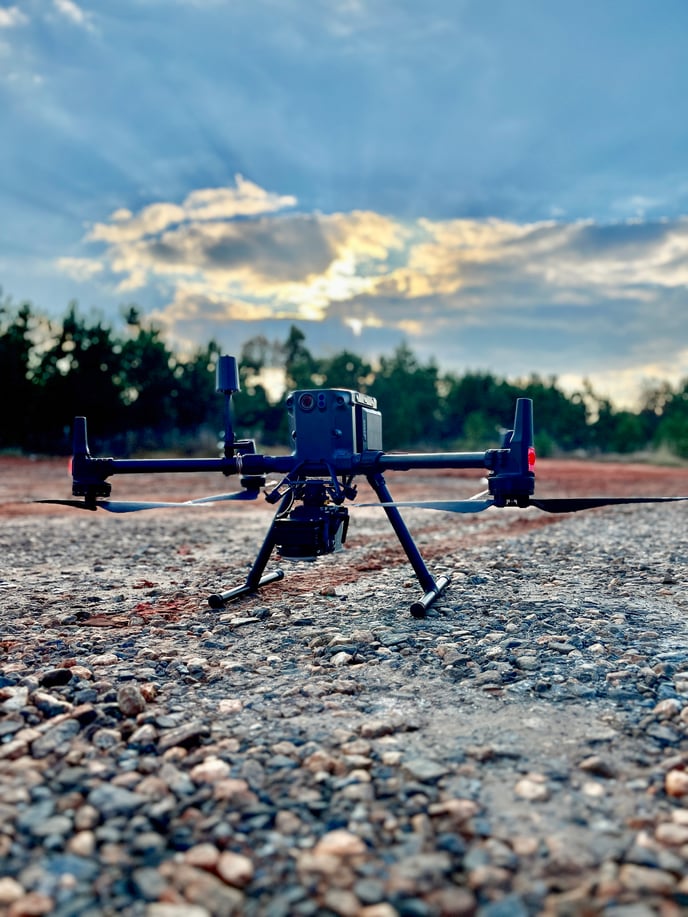The difference between loosely coupled and tightly coupled trajectory solutions is the level of integration between the guidance, navigation and control system, and the vehicle dynamics model.
 When it comes to flying drones or UAVs (Unmanned Aerial Vehicles), there are a couple of different ways to calculate the path the vehicle will follow. These are known as trajectory solutions and come in two main types: loosely coupled and tightly coupled. In this article, we'll look at the difference between these two trajectory solutions and how they're used with drones.
When it comes to flying drones or UAVs (Unmanned Aerial Vehicles), there are a couple of different ways to calculate the path the vehicle will follow. These are known as trajectory solutions and come in two main types: loosely coupled and tightly coupled. In this article, we'll look at the difference between these two trajectory solutions and how they're used with drones.
Loosely Coupled Trajectory Solution
A loosely coupled trajectory solution is when the guidance, navigation, and control (GNC) system is separate from the vehicle dynamics model. This means that the GNC system is responsible for figuring out the desired flight path, and the vehicle dynamics model calculates the drone's actual flight path. The advantage of this type of solution is that it's more flexible and easier to make updates or changes.
Tightly Coupled Trajectory Solution
On the other hand, a tightly coupled trajectory solution is when the GNC system and the vehicle dynamics model are all integrated into one system. This means that the GNC system and the vehicle dynamics model are constantly communicating with each other in real-time, which allows for more precise and accurate results. However, it's more complex and computationally intensive. It is useful when the drone needs to respond to changing conditions in real-time, such as avoiding obstacles or maintaining a stable hover.
When to Use Each Solution
The Loosely Coupled Trajectory Solution is particularly useful in environments where GPS signals are weak or obstructed, such as urban areas or dense forests. LCTS can also be used in cases where the drone is flying at low altitudes or in close proximity to obstacles, where a high degree of accuracy is required for the LiDAR data to be useful.
A Tightly Coupled Trajectory Solution should be used when a high degree of accuracy is required, such as in precision agriculture, construction, and engineering applications. TCTS can be used in environments where the drone is flying at high altitudes or in open areas with clear GPS signals, or with a higher frequency of sensor data acquisition. It is also used when the drone is performing complex maneuvers or flying close to obstacles.
In short, the difference between loosely coupled and tightly coupled trajectory solutions is the level of integration between the guidance, navigation and control system, and the vehicle dynamics model. Loosely coupled solutions are more flexible and easier to update, while tightly coupled solutions provide more accurate and precise real-time results. Drones use both types of solutions depending on their specific requirements and capabilities.
Visit rockrobotic.com to learn more about ROCK Robotic's survey-grade LiDAR hardware and software.
